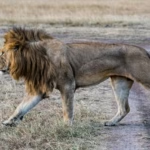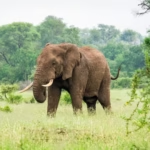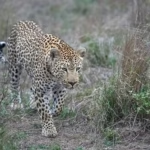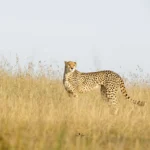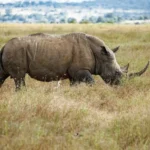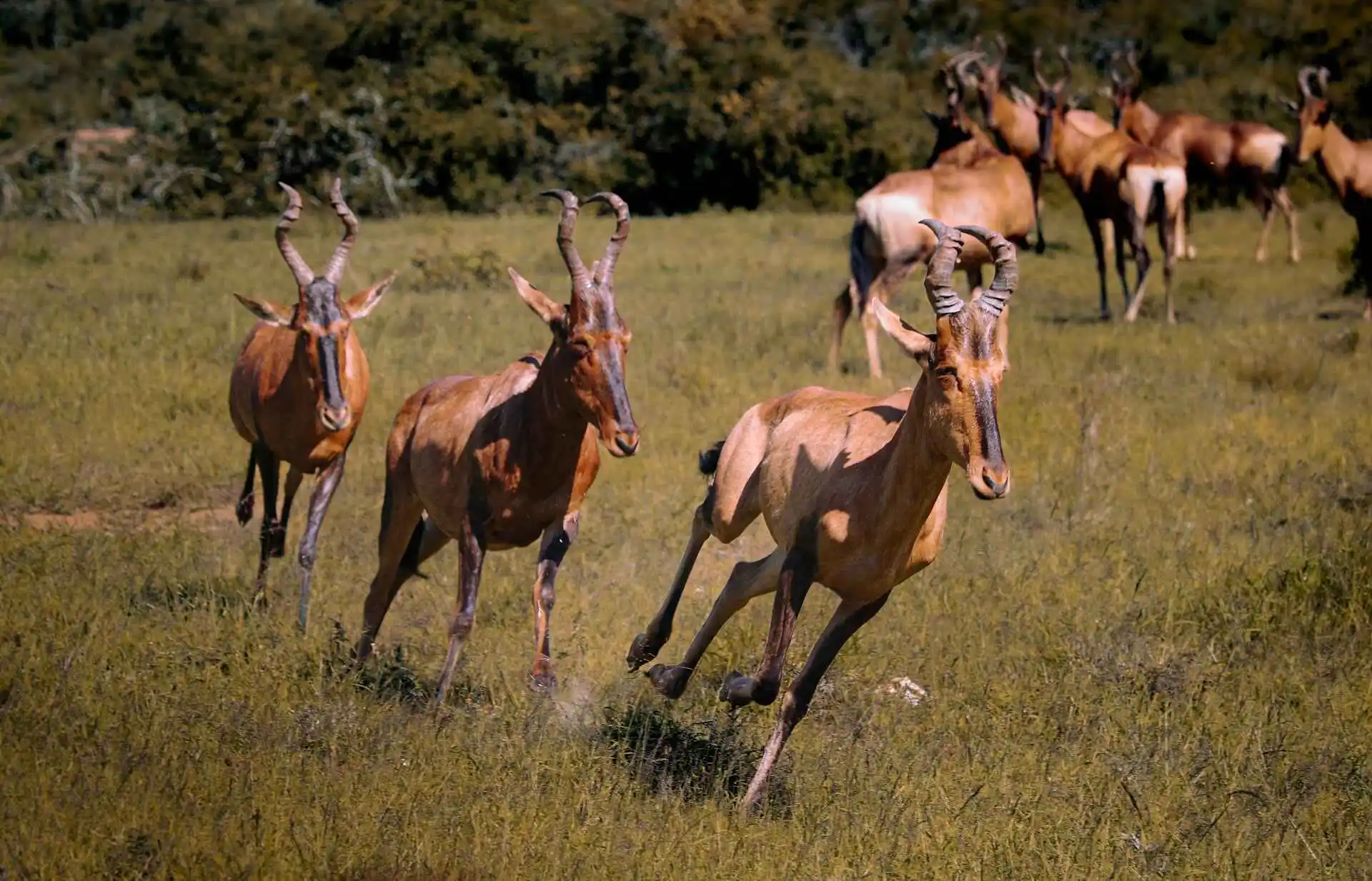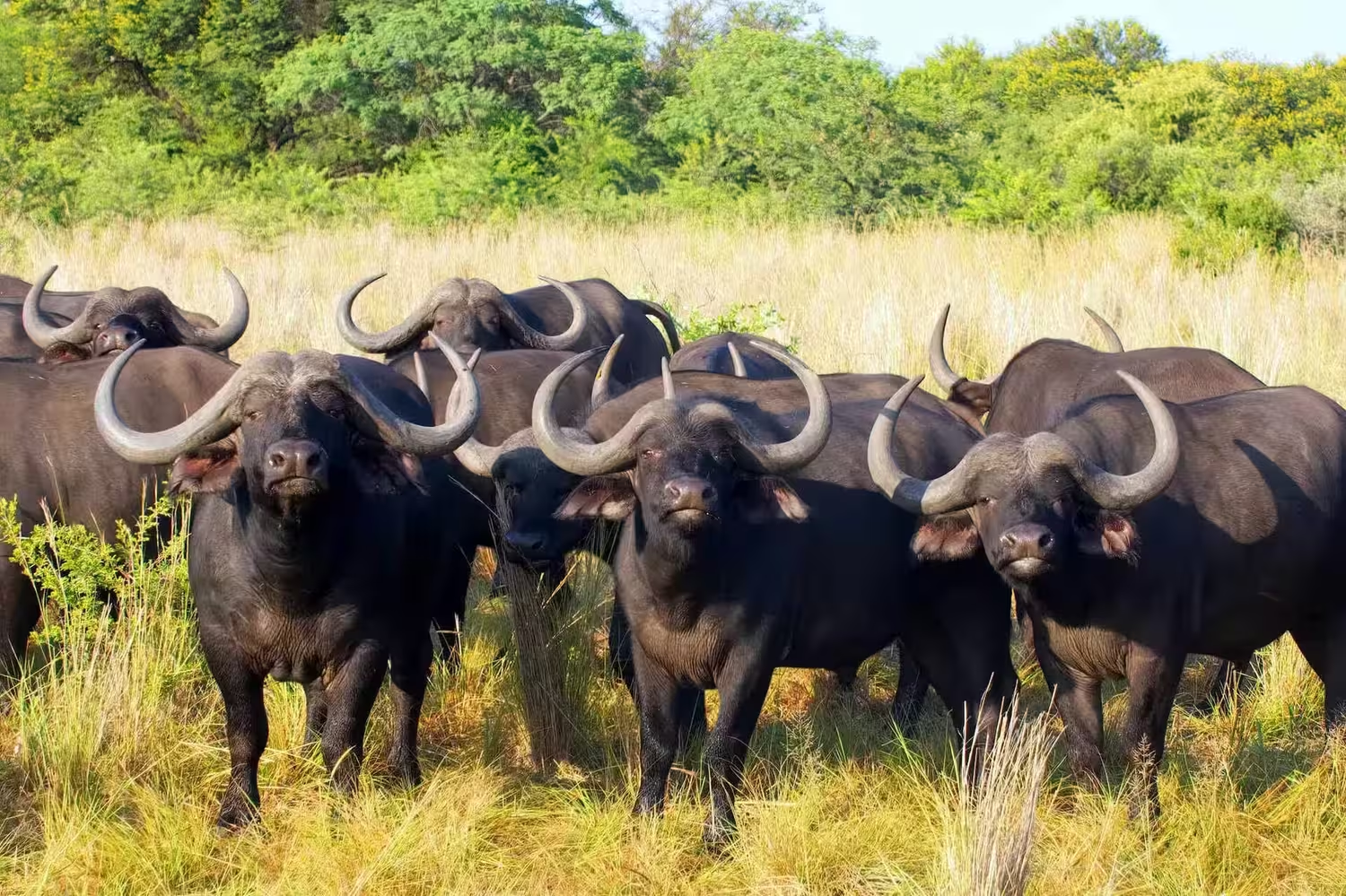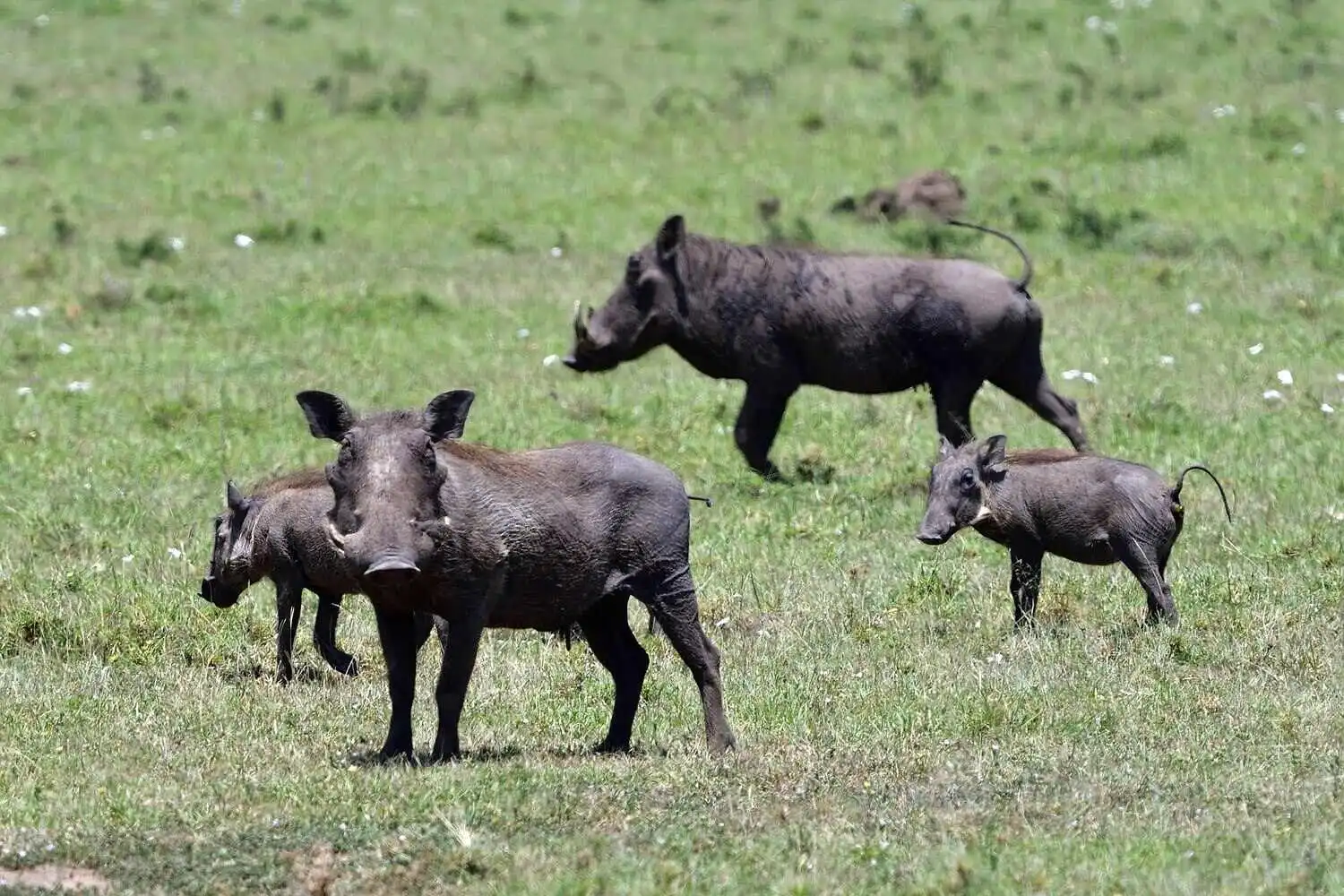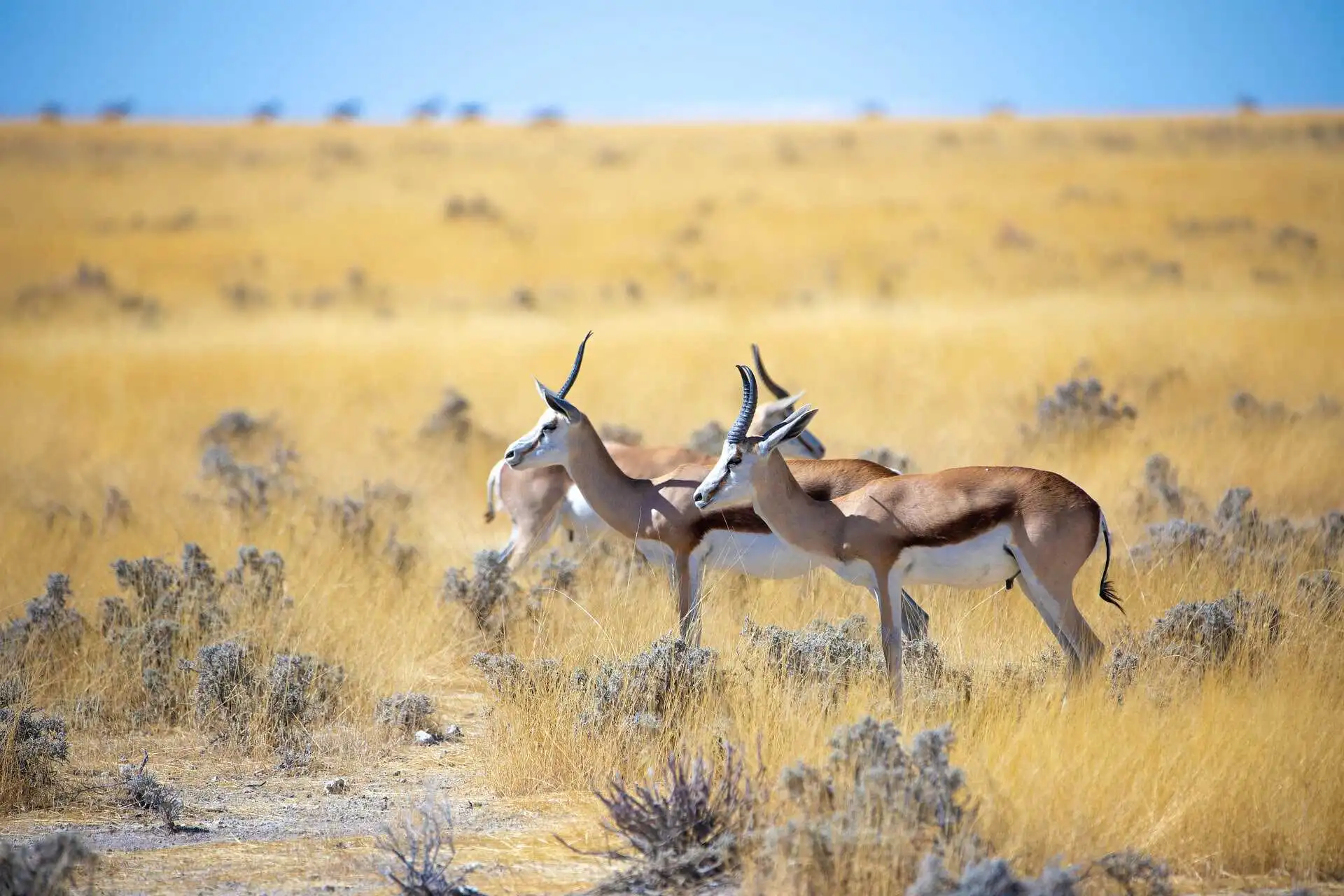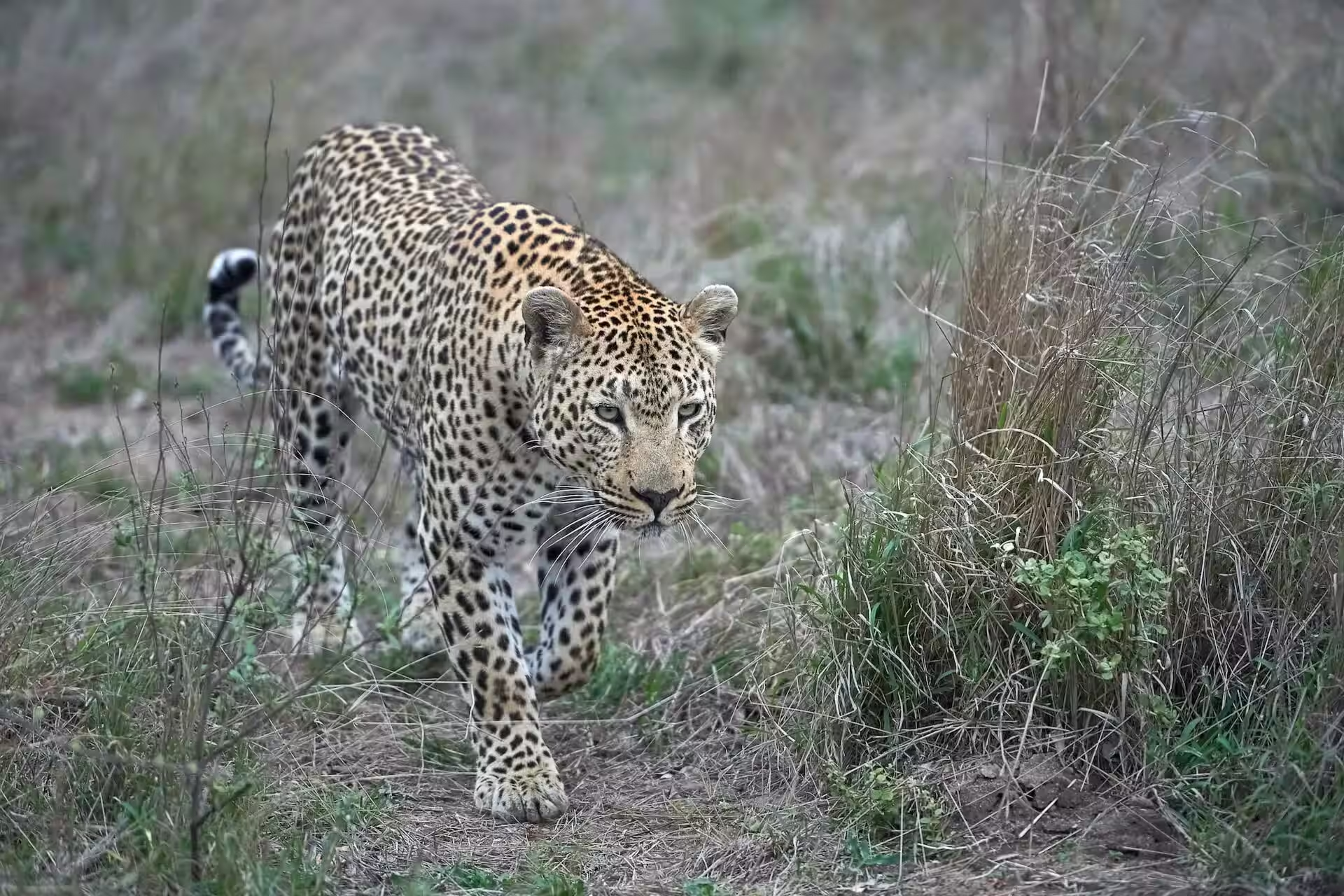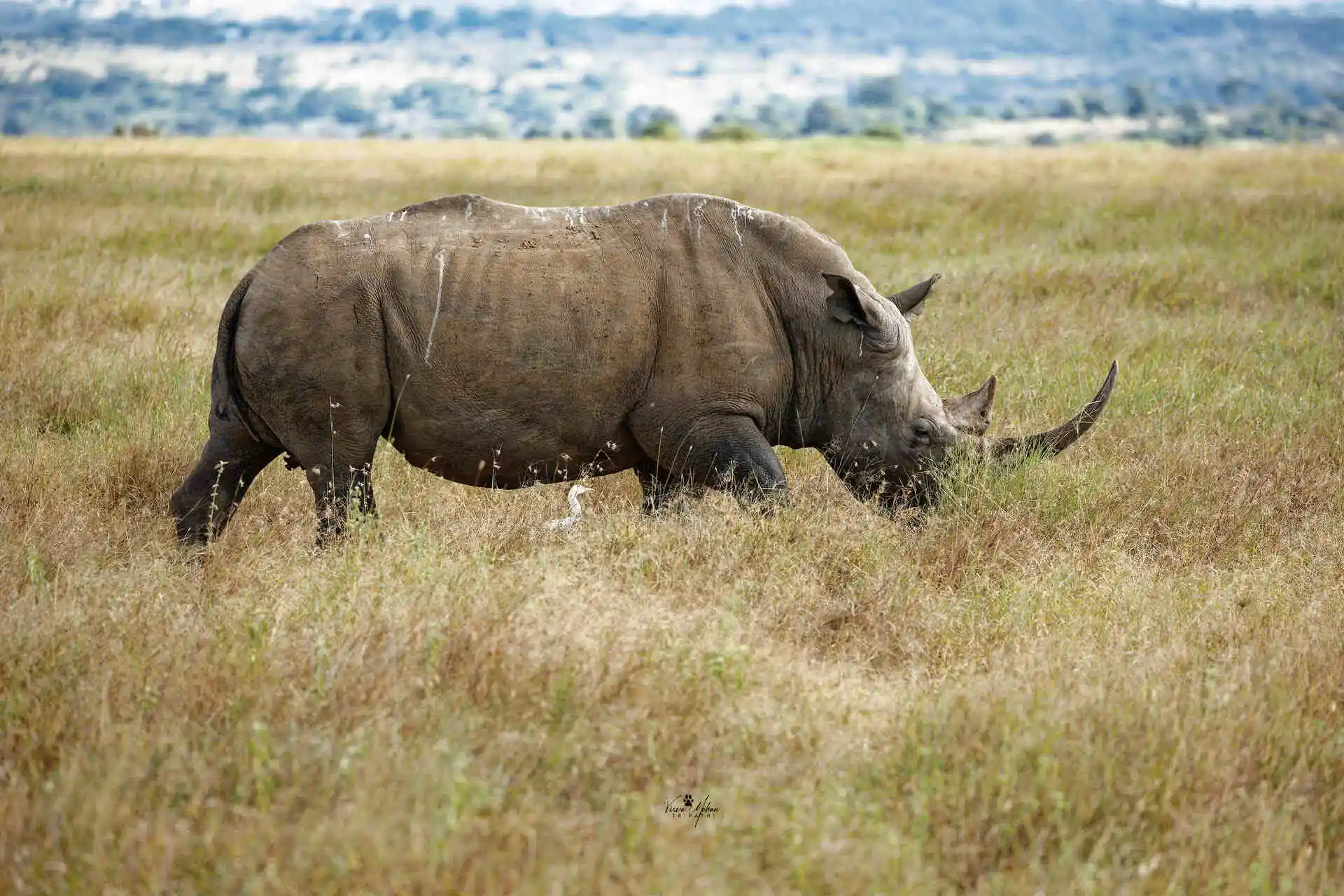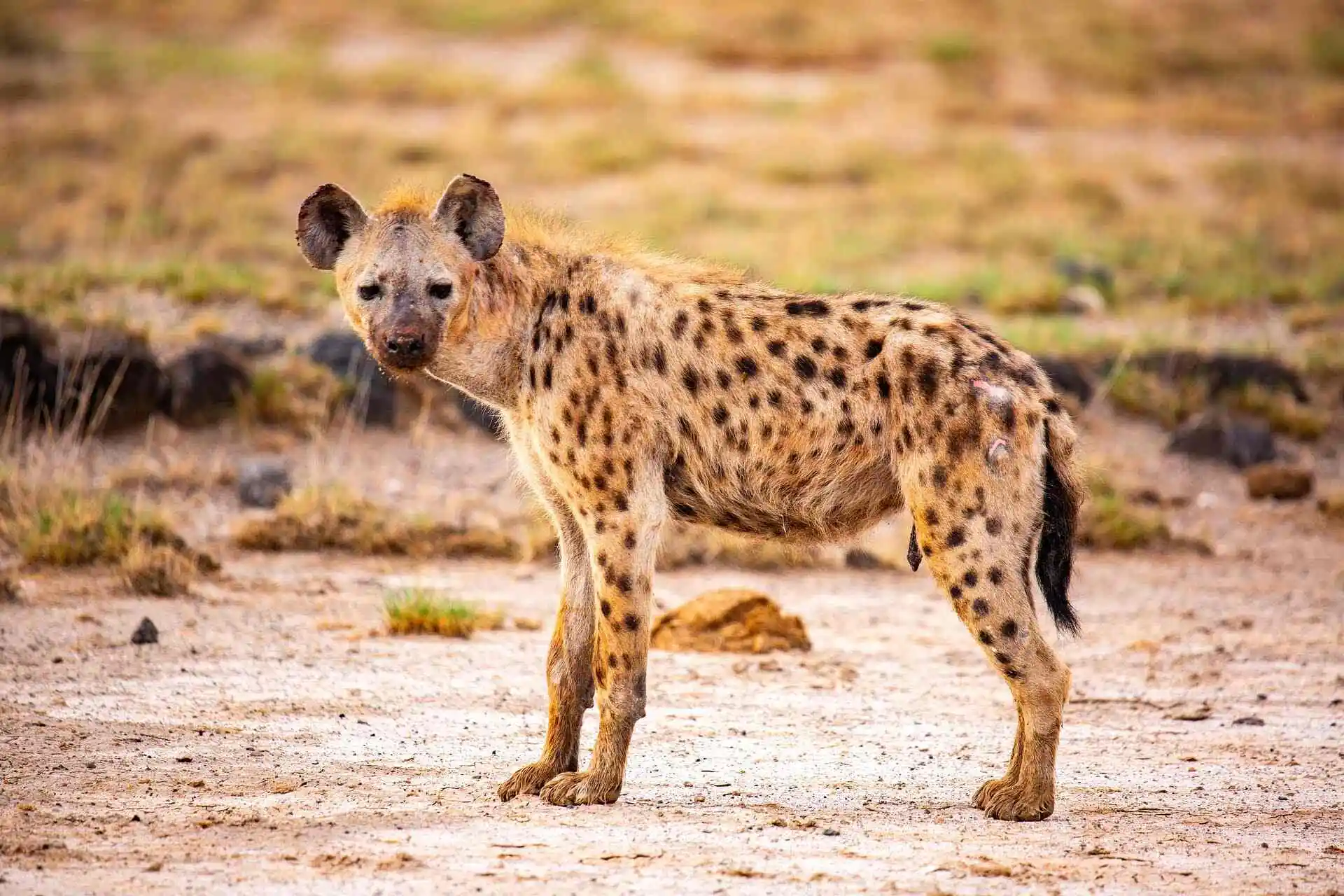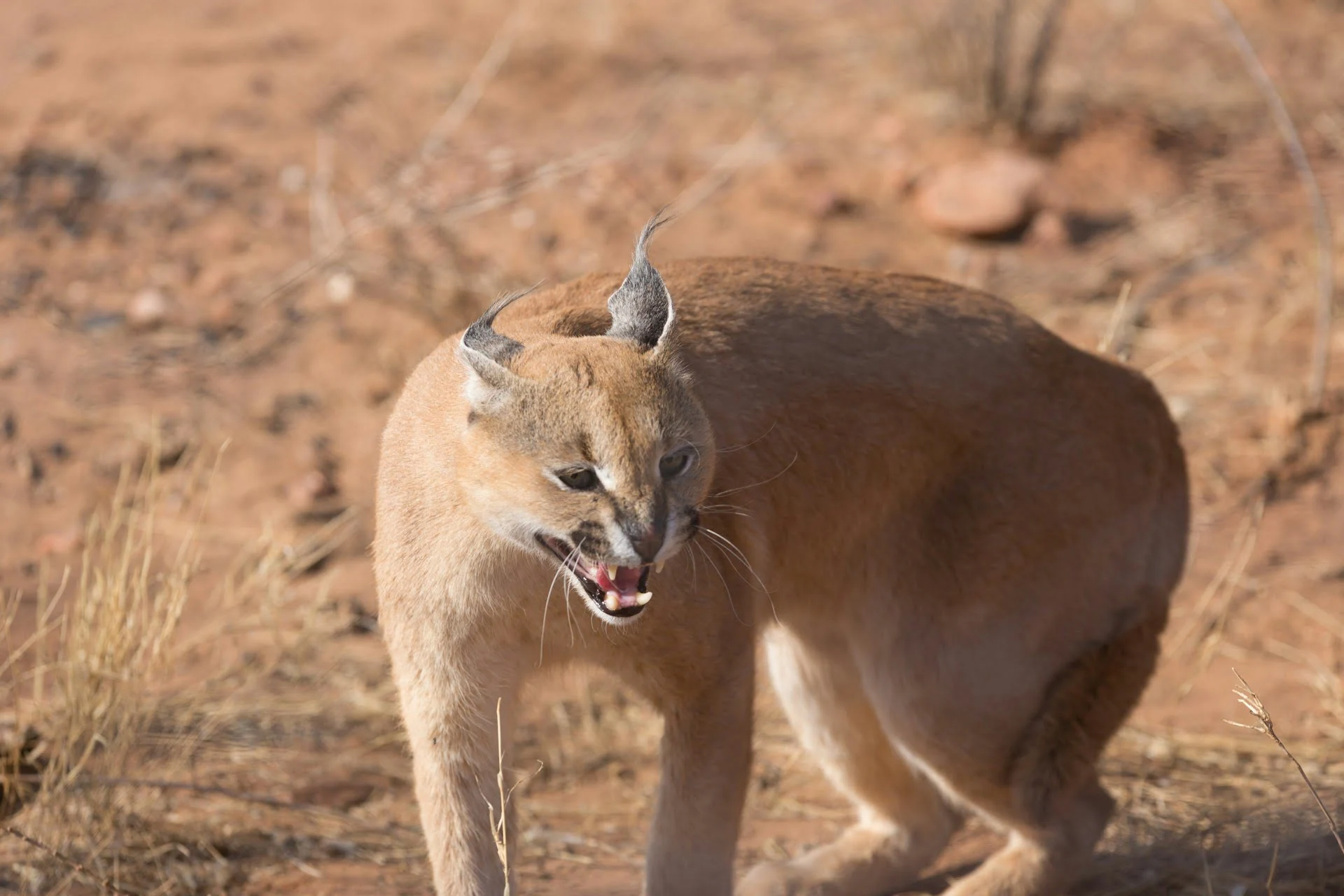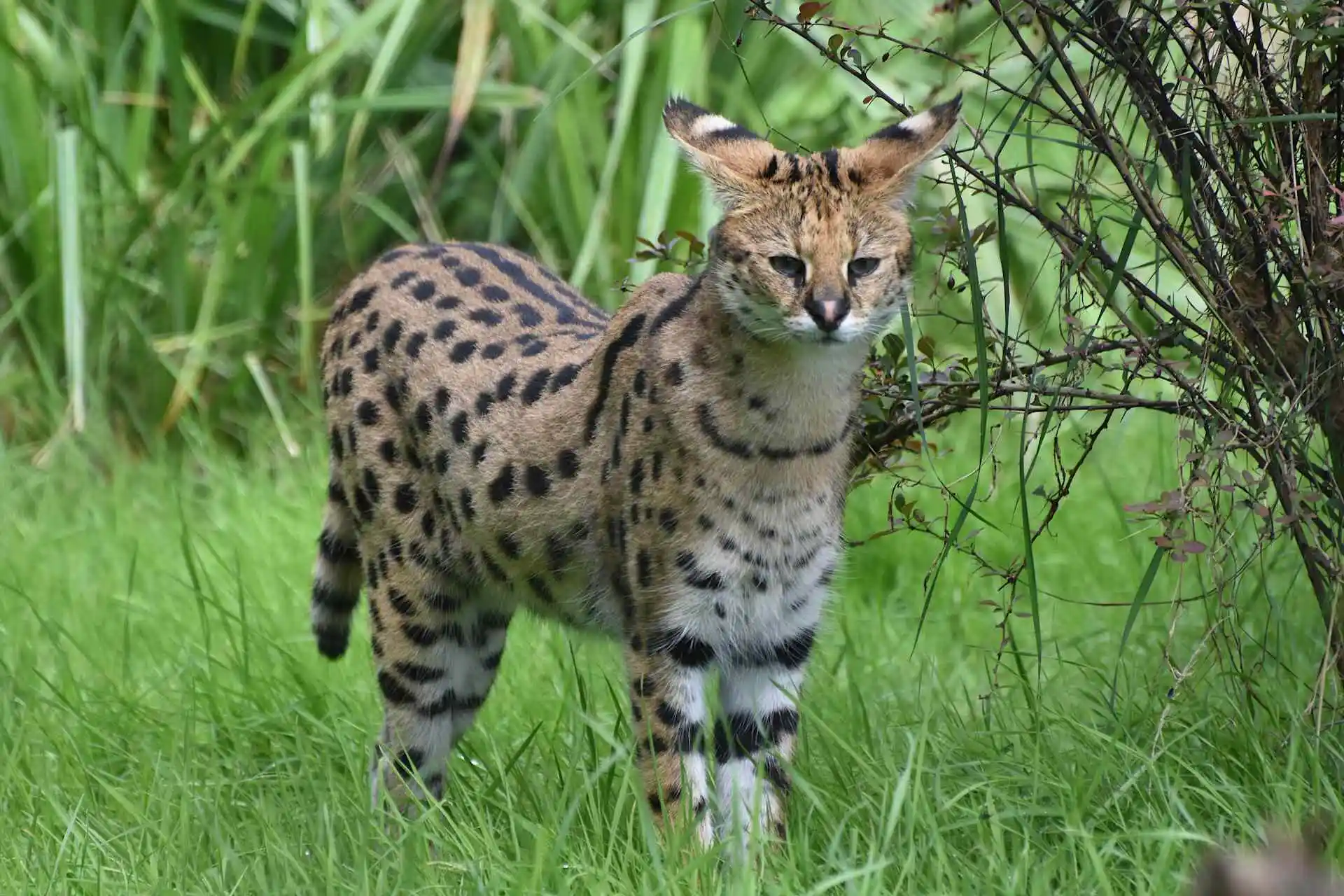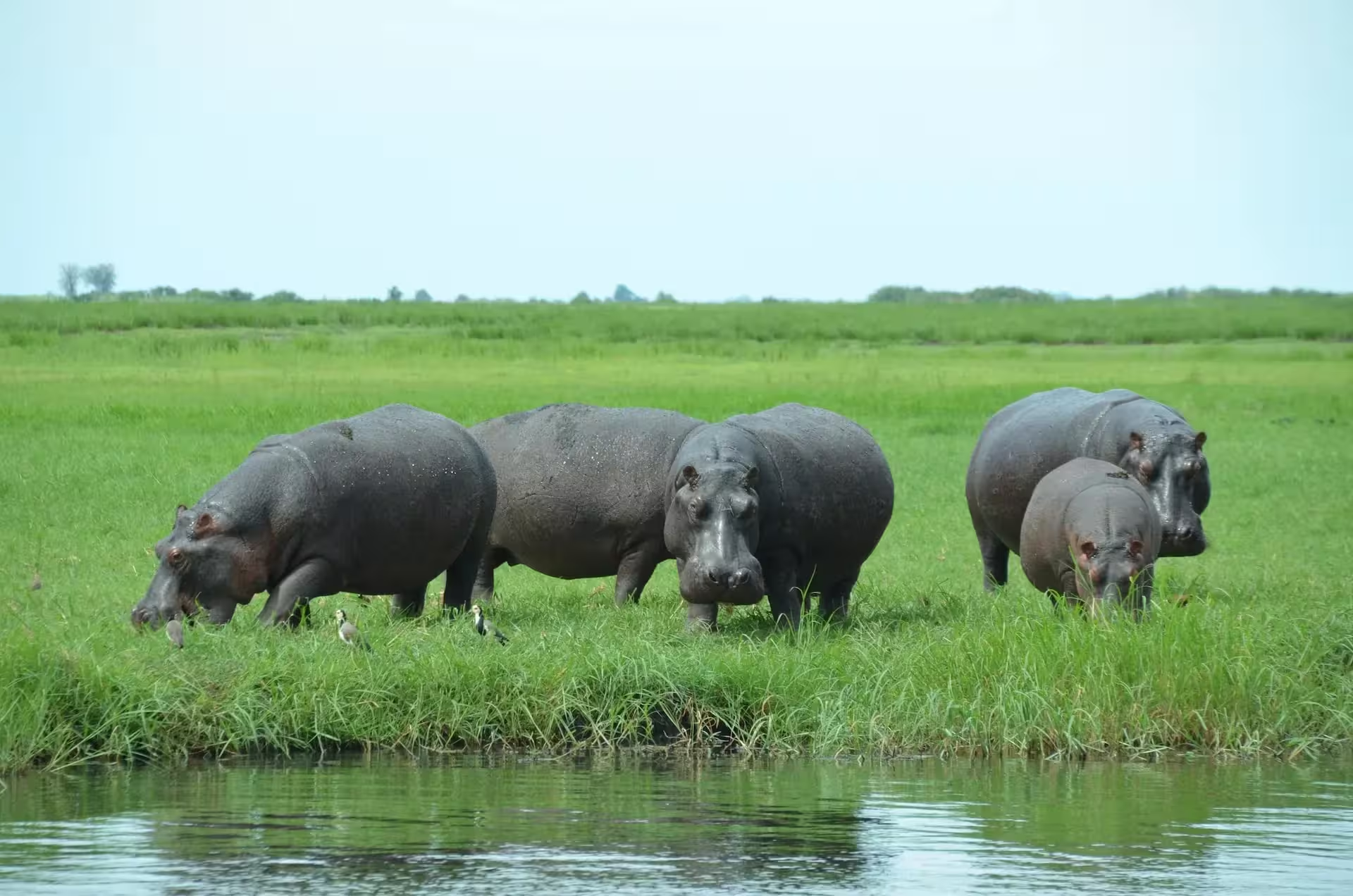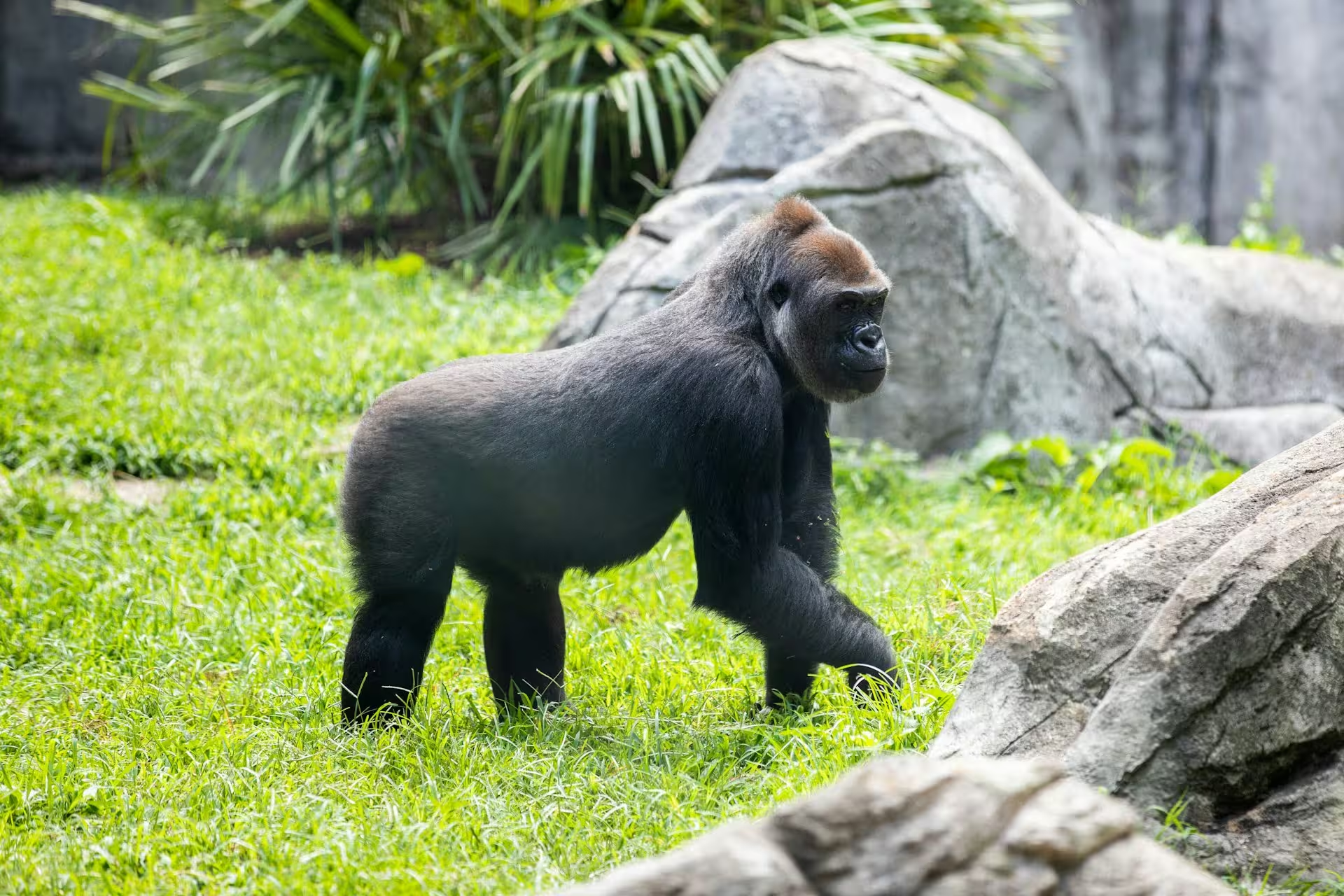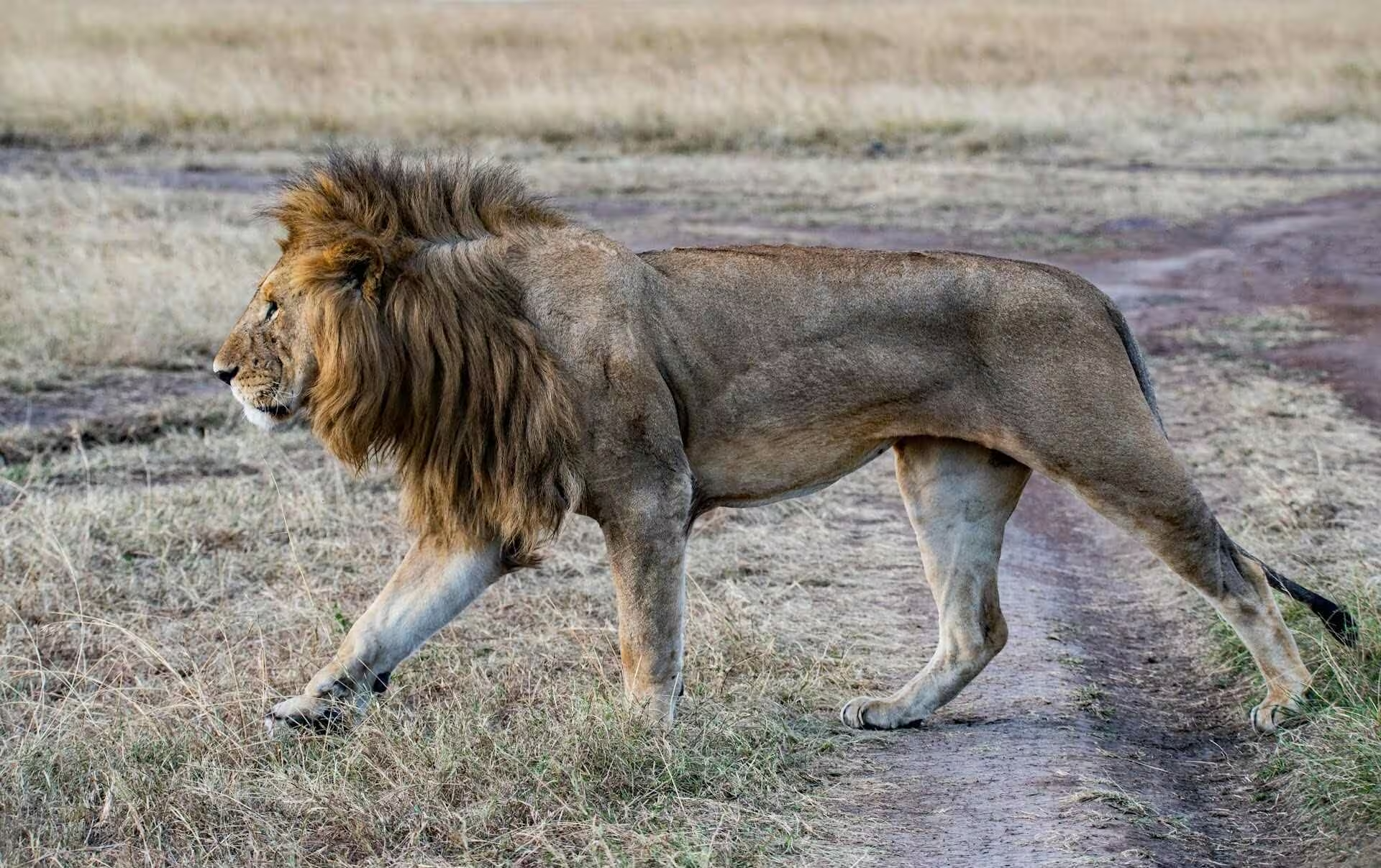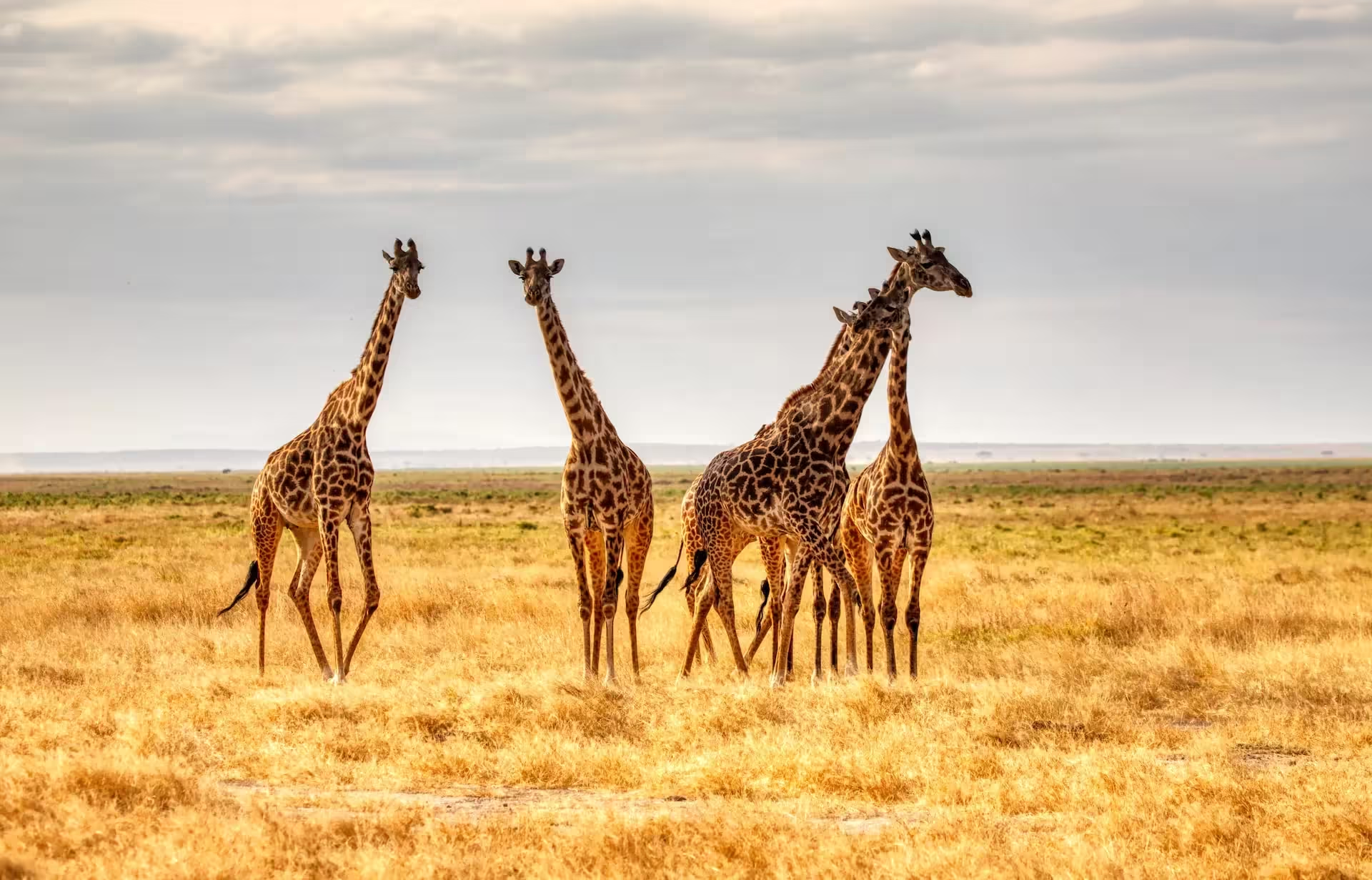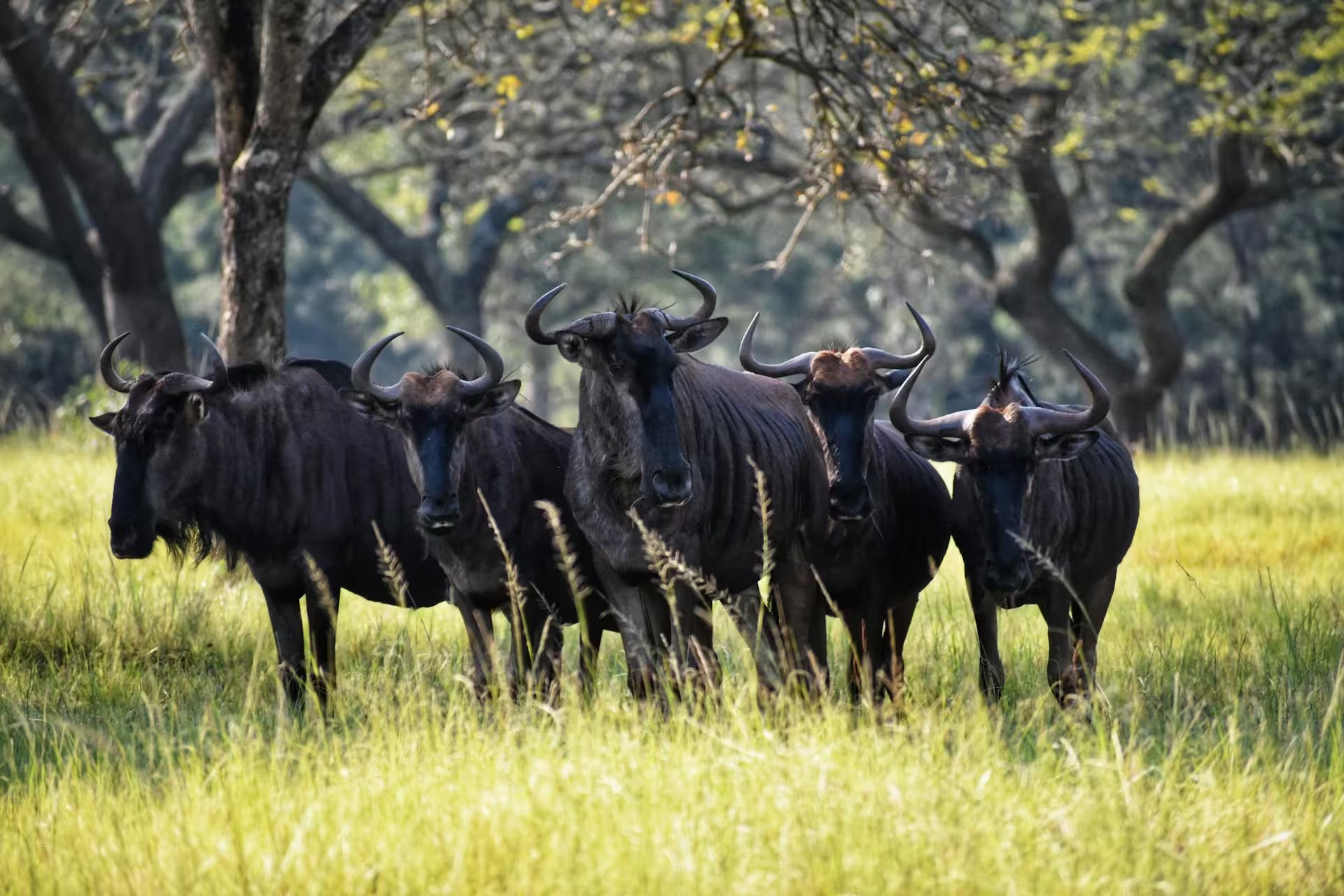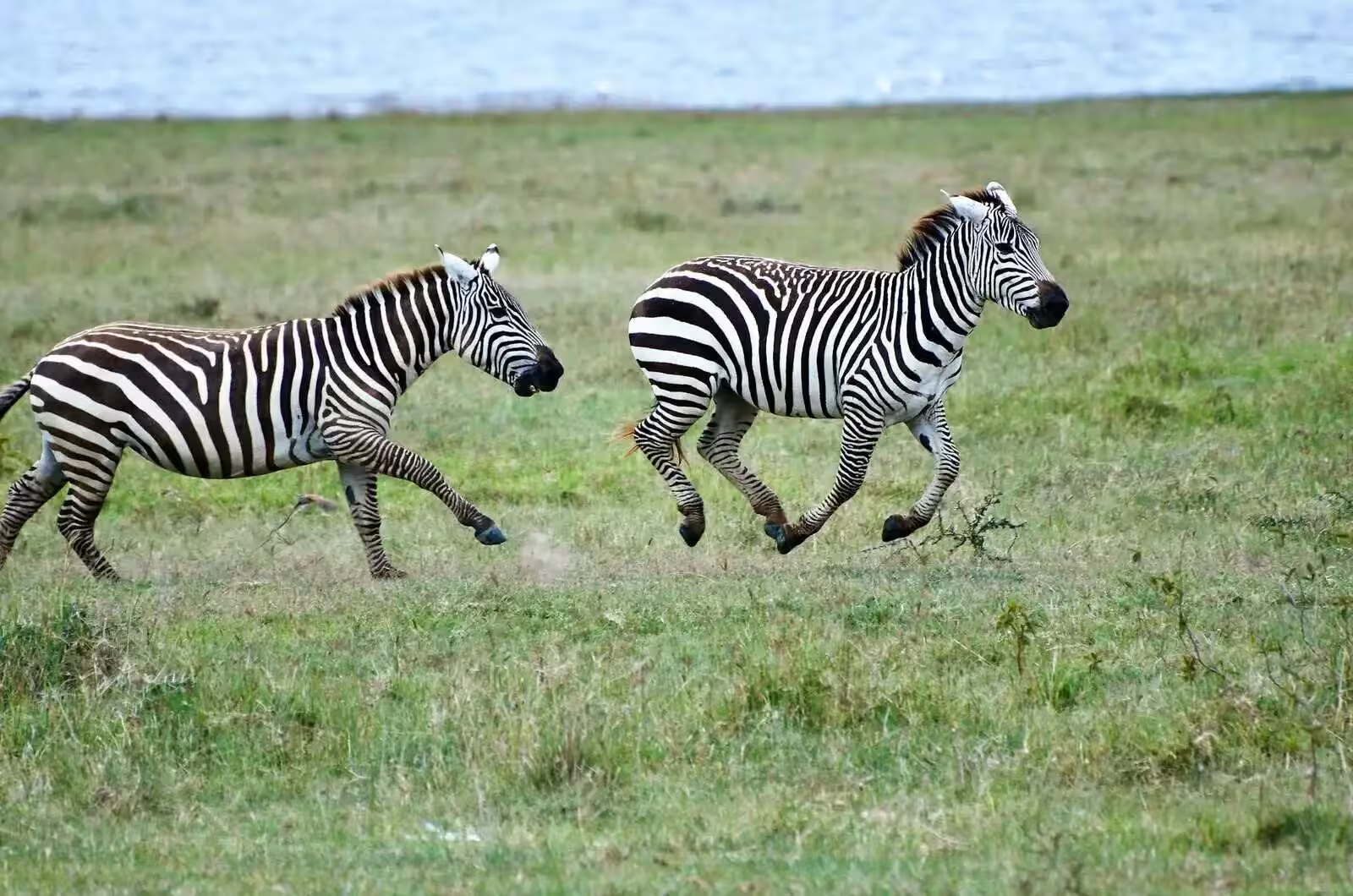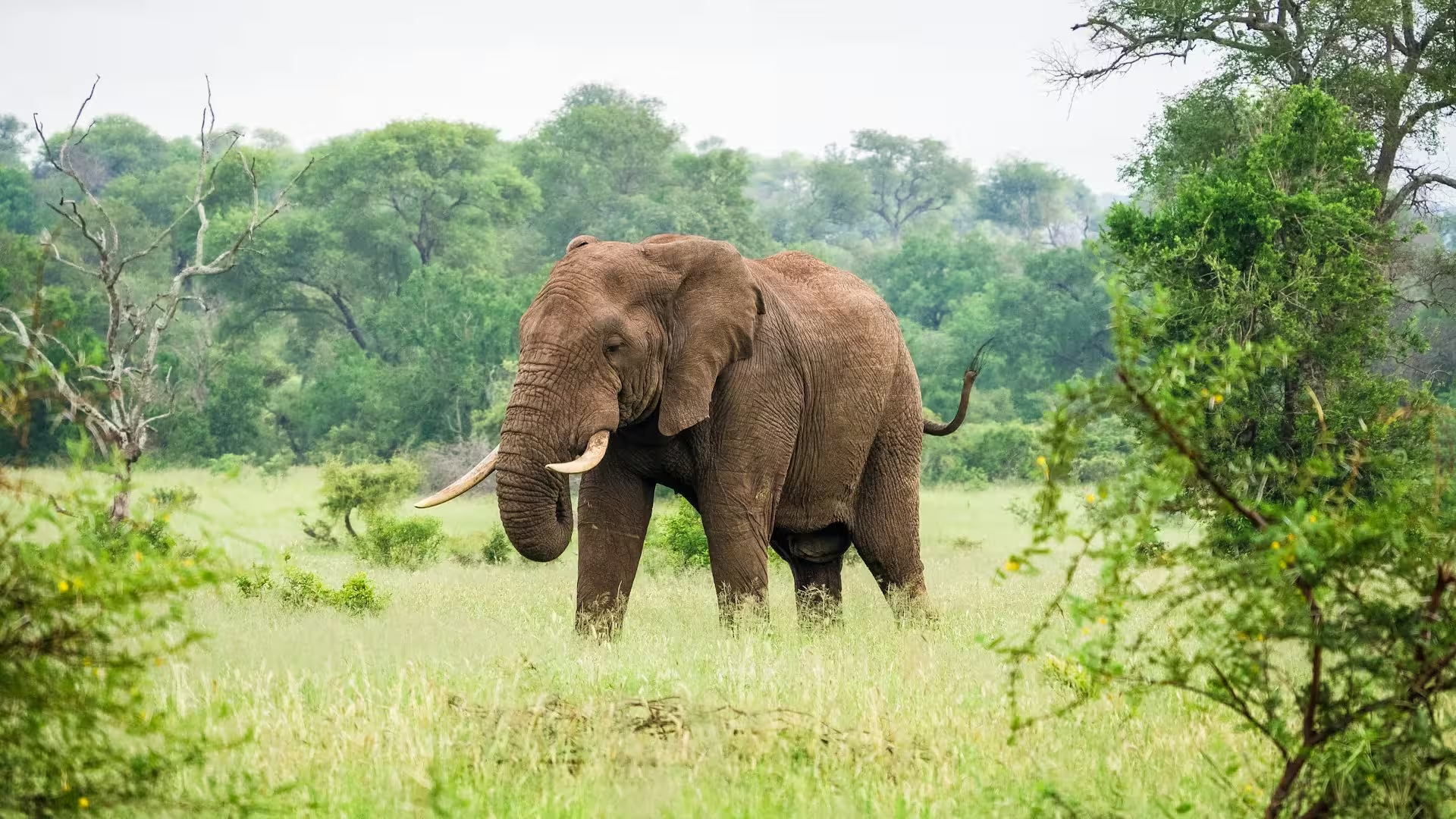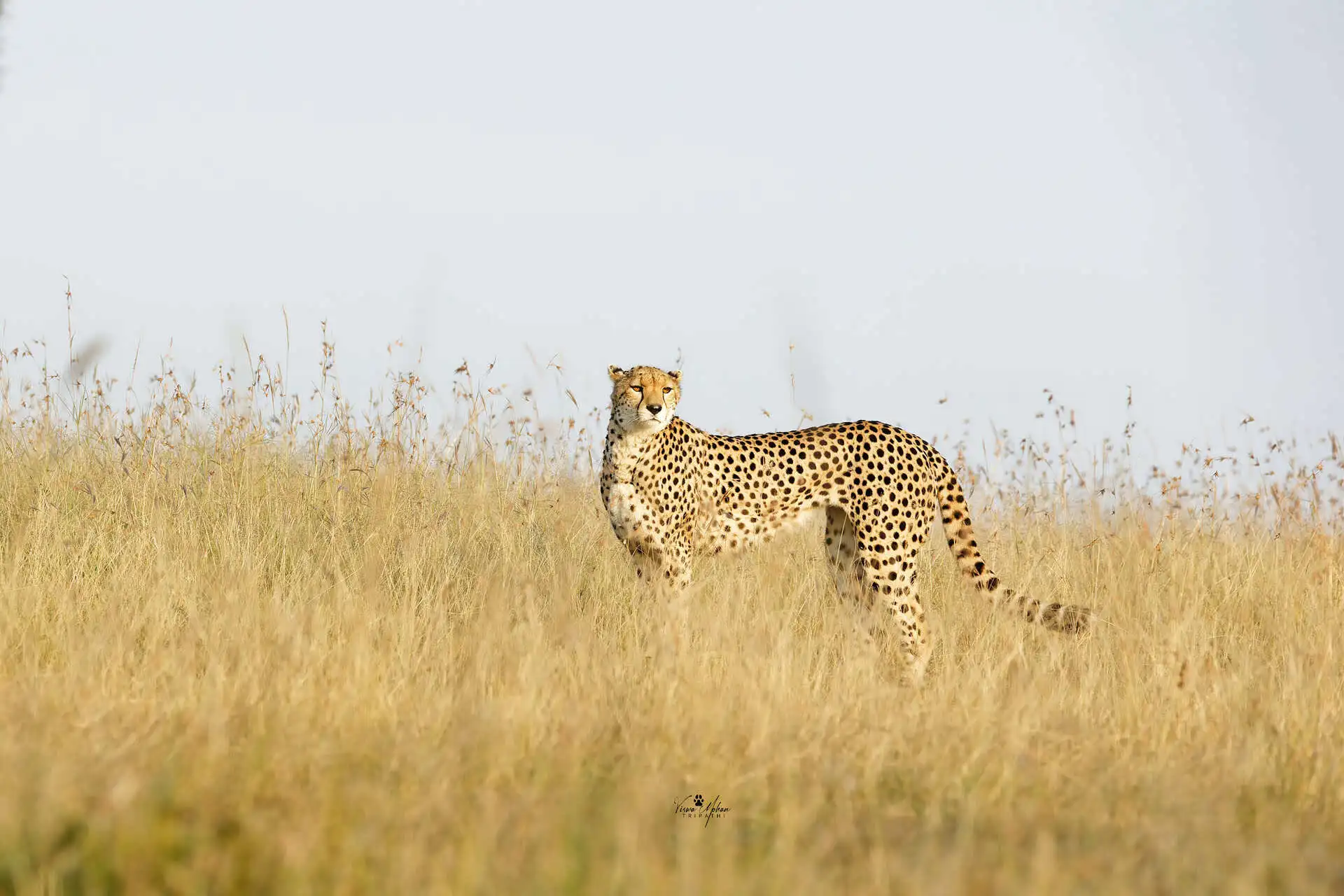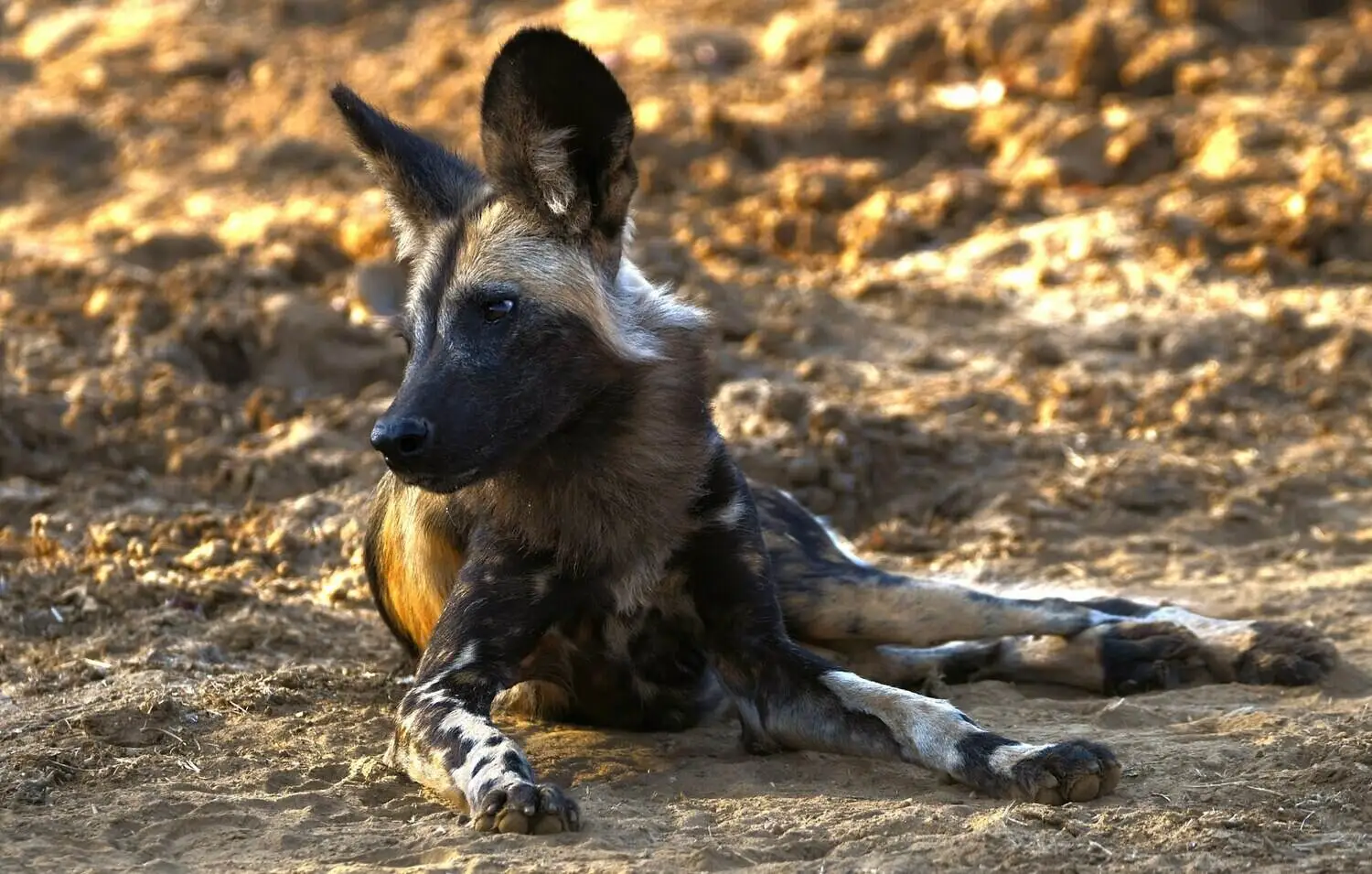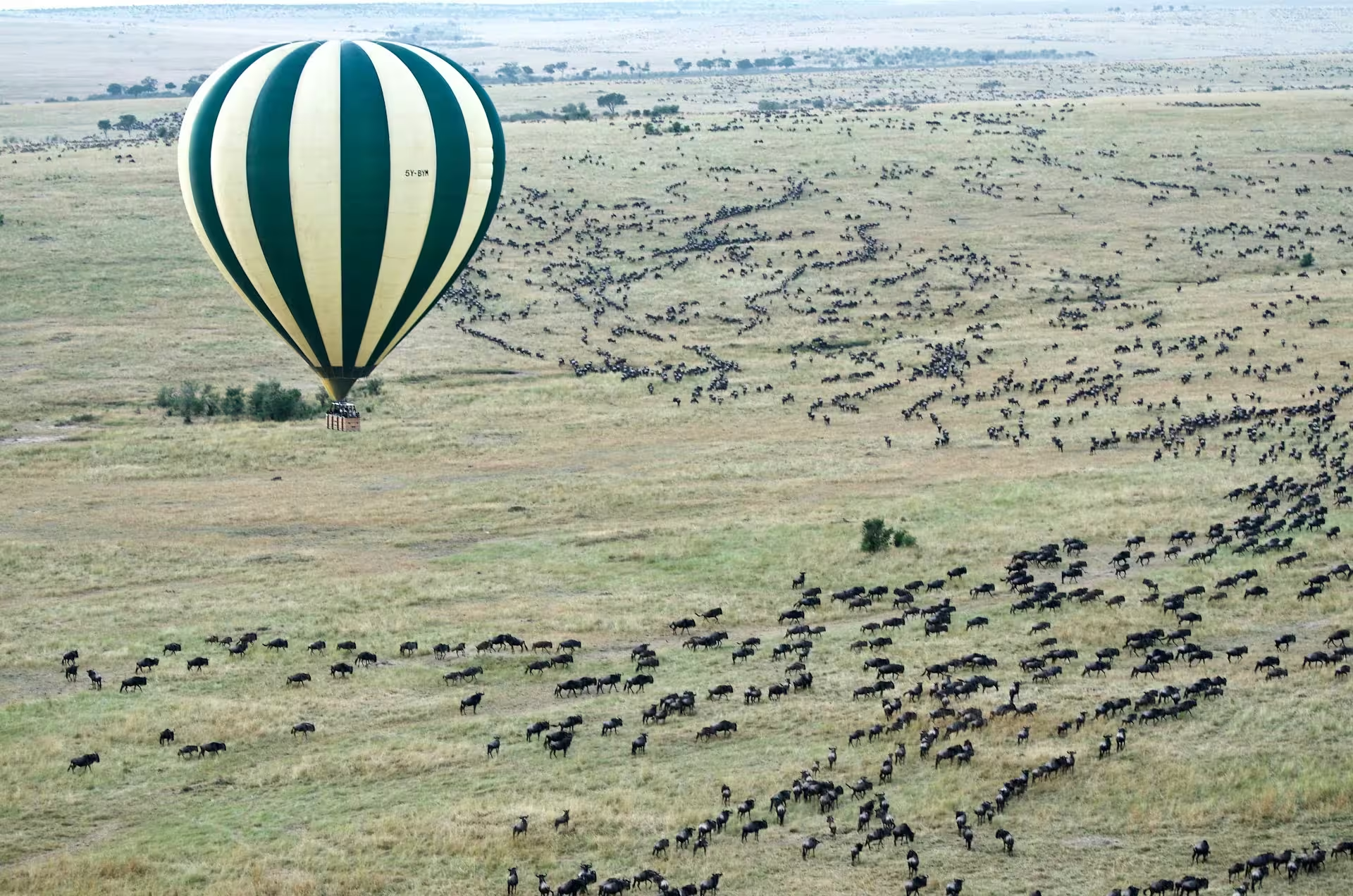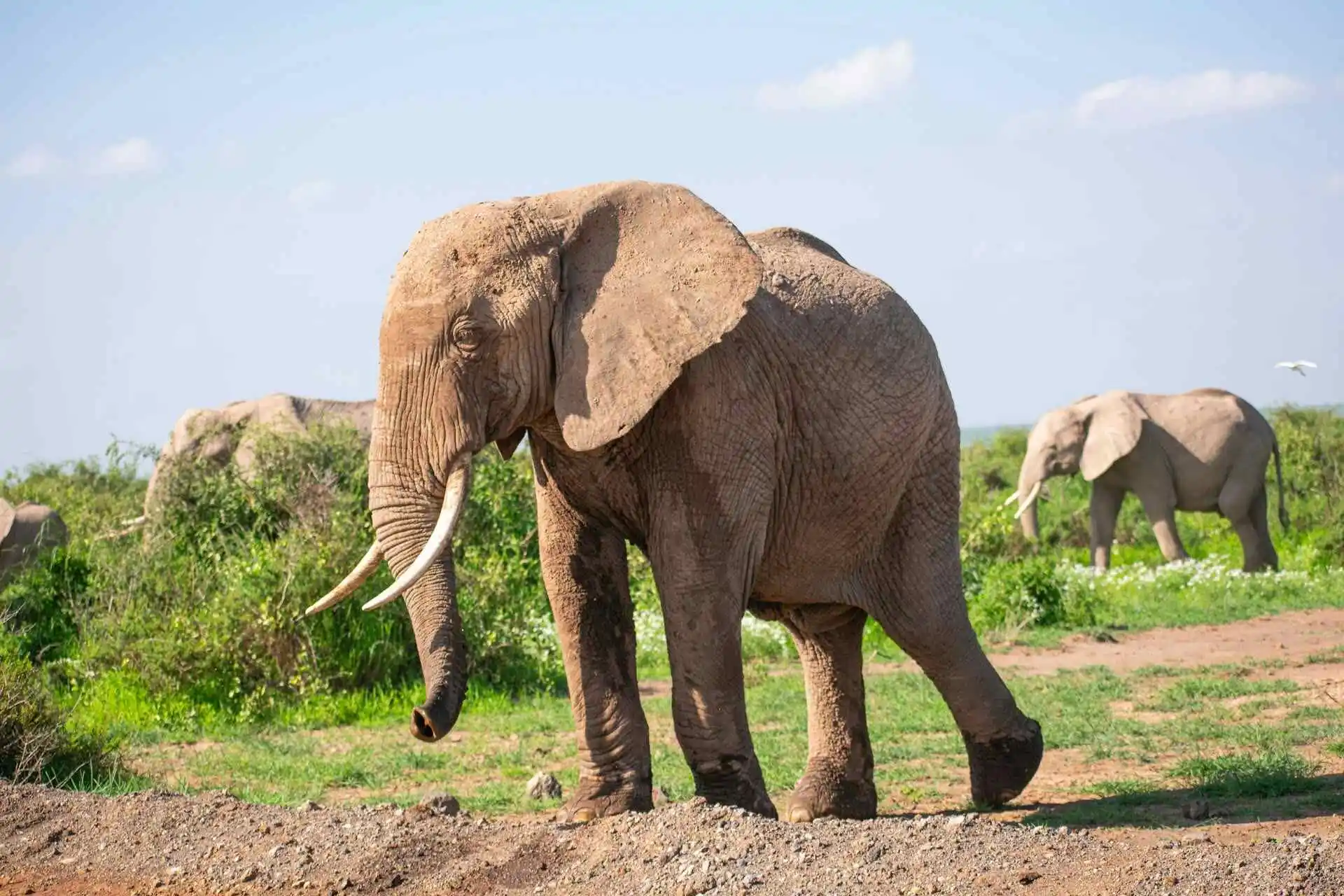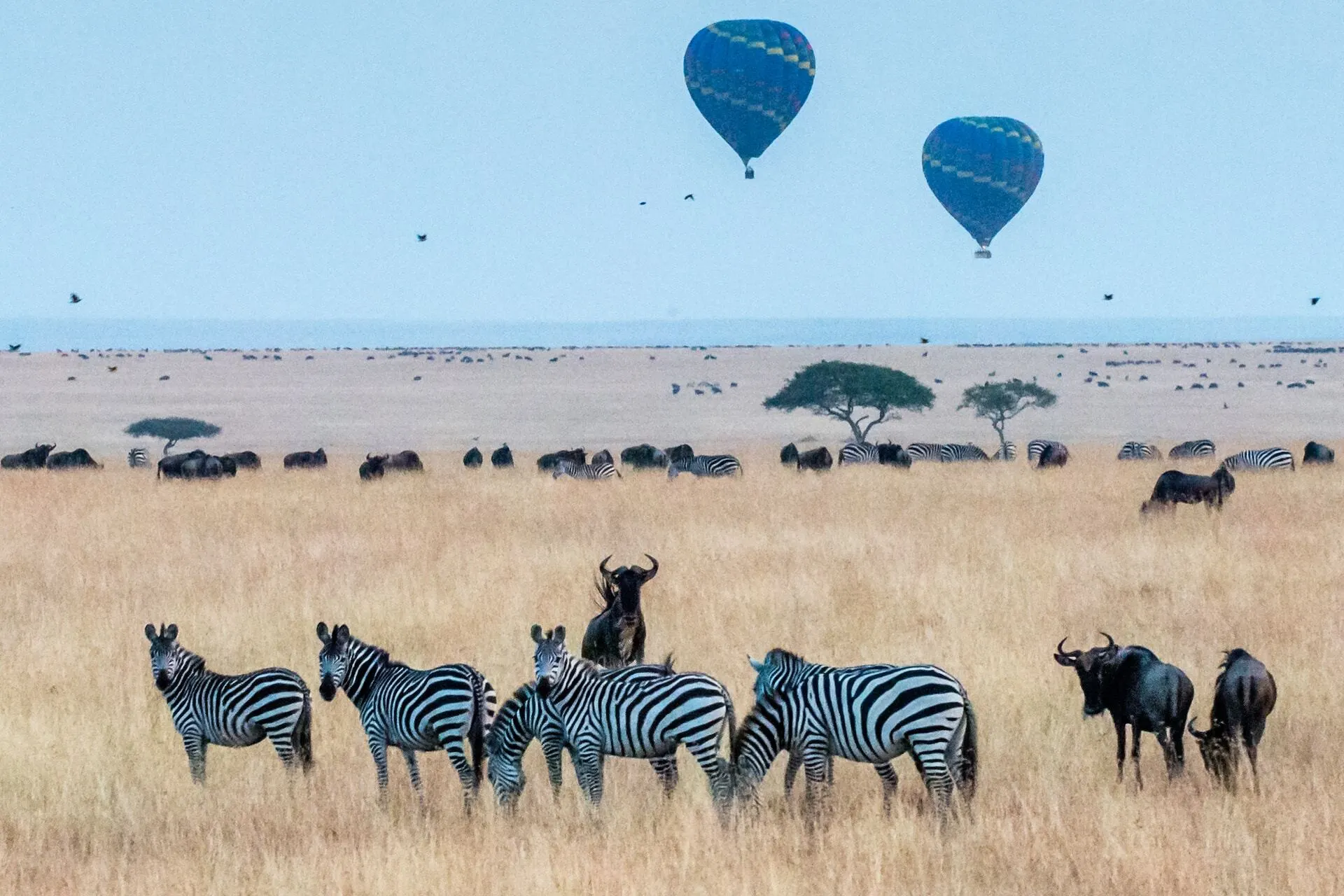First Impression of the Hartebeest
The hartebeest is a big African antelope, scientifically known as Alcelaphus buselaphus. It’s also called kongoni in some parts of Africa. This African antelope lives in grasslands and open areas. These animals move around in groups called herds. They eat grass and are known for their funny-looking faces. They can run fast to escape from lions and other predators. Some people call them “red antelope” because of their color. The name hartebeest comes from Afrikaans, meaning “tough ox.” These antelopes are important members of the African savanna ecosystem.
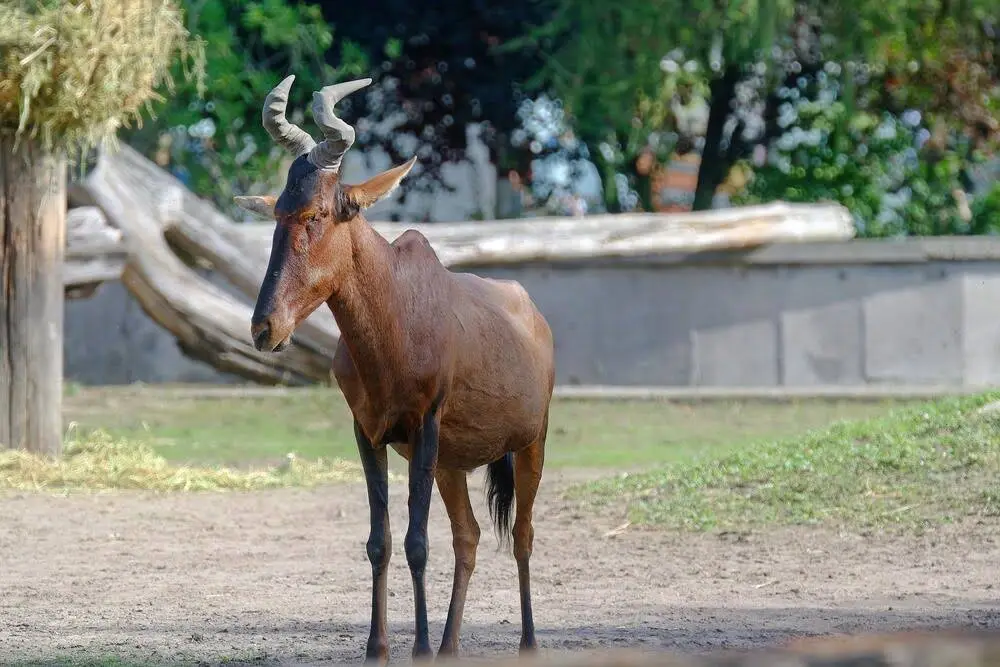
Red Hartebeest
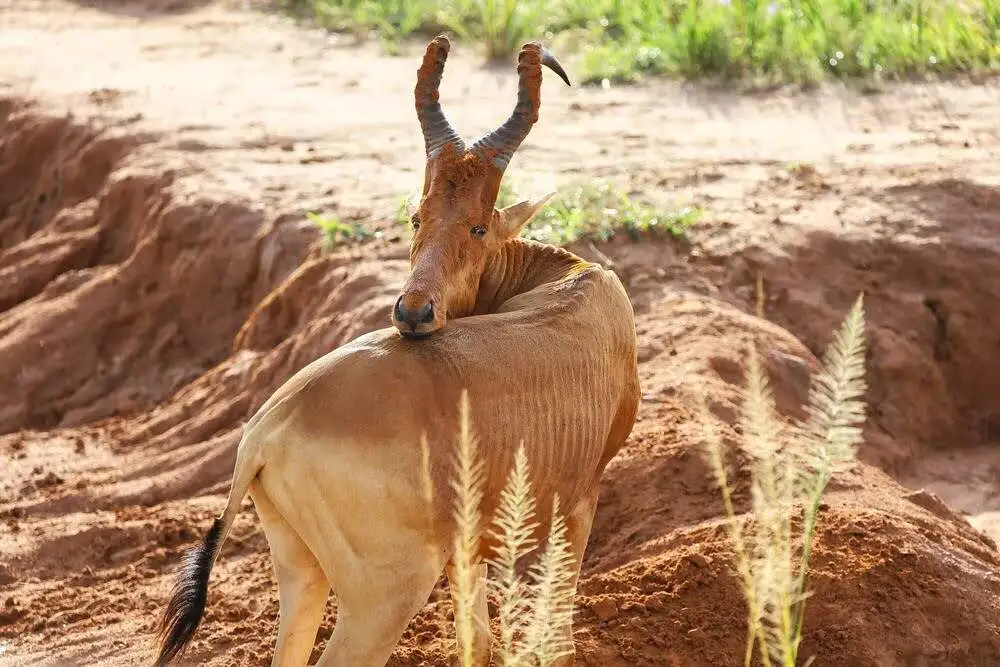
lelwel Hartebeest
How does Hartebeest look like ?
Hartebeests stand out among African antelopes. Their faces are long and narrow. You might notice their tall shoulders that slope down to lower back ends. Both males and females have horns. These horns are shaped like the letter M. They have long legs that help them run quickly.
Their coat color changes depending on which type of hartebeest you’re looking at. Some are light brown, others are more reddish. Many have dark patches on their legs and faces. Their fur is short and smooth, not shaggy like some other antelopes.
Also, their fur is short and smooth. Sometimes, you can see darker patches on their legs and face. Their eyes are big and set high on their heads. This helps them watch for danger. This Antilope have long, thin tails with black tips. Their noses are wide and wet, like a cow’s.
Young hartebeests look a bit different from adults. They start out lighter in color and don’t have horns yet. As they grow, their coat gets darker and their horns start to show. Full-grown hartebeests are about as tall as a person at the shoulder.
Quick Characteristics Table – Hartebeest
| Feature | Detail |
|---|---|
| Scientific Name | Alcelaphus buselaphus |
| Common Names | Hartebeest, Kongoni, Kaama |
| Classification | Large African antelope |
| Distinguishing Features | Elongated face, high-set, oddly-shaped horns, steeply sloping back (shoulders higher than rump) |
| Height (Shoulder) | 1.1-1.5 m (3.6-5 ft) |
| Weight | 100-200 kg (220-440 lb) |
| Coat Color | Varies by subspecies, from sandy to reddish-brown or dark chocolate brown |
| Horns | Present on both sexes, heavily ringed, on a raised pedicle |
| Life Span | 12–20 years in the wild |
| Habitat | Grasslands, savannas, and sparsely wooded areas of Sub-Saharan Africa |
| Diet | Herbivore (primarily a grazer) |
| Speed | One of the fastest antelopes, capable of reaching 70 km/h (43 mph) |
| Conservation Status | Least Concern (IUCN 3.1) |
Know what Hartebeest like to eat ?
They mainly eat grass. They like short, green grass best, but they’re not fussy eaters. If grass is hard to find, they’ll eat leaves, seeds, or young plants. Their tough stomachs can handle dry grass that other animals avoid. Similar to wildebeest, this Antilope usually eat in the morning and evening when it’s cooler. They rest during hot days. These animals drink water daily if possible. Sometimes, they lick natural salt for minerals. When food is scarce, they might travel far to find it. What they eat can change based on where they live and the time of year.
Know the History of This hartebeest
They have been in Africa for a very long time. Ancient Egyptians drew them on walls. Europeans first wrote about them in the 1600s. Long ago, there were many more hartebeests. Hunting and losing their homes made their numbers go down. Now, people are trying to save them.
These antelopes used to live all over Africa. Early humans hunted them for food. As more people farmed and built cities, hartebeests lost places to live. Big game hunters in the 1800s and 1900s shot many of them.
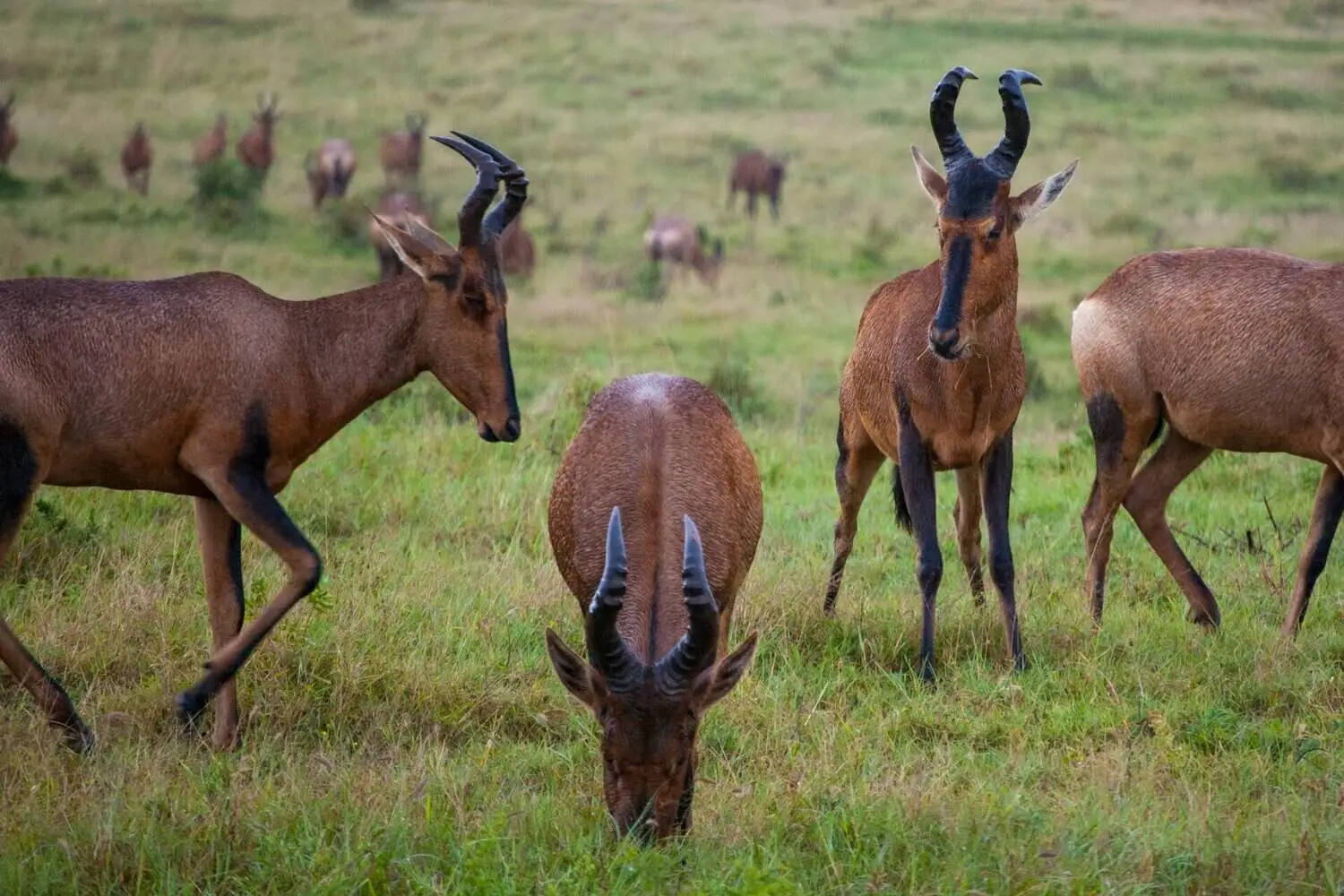
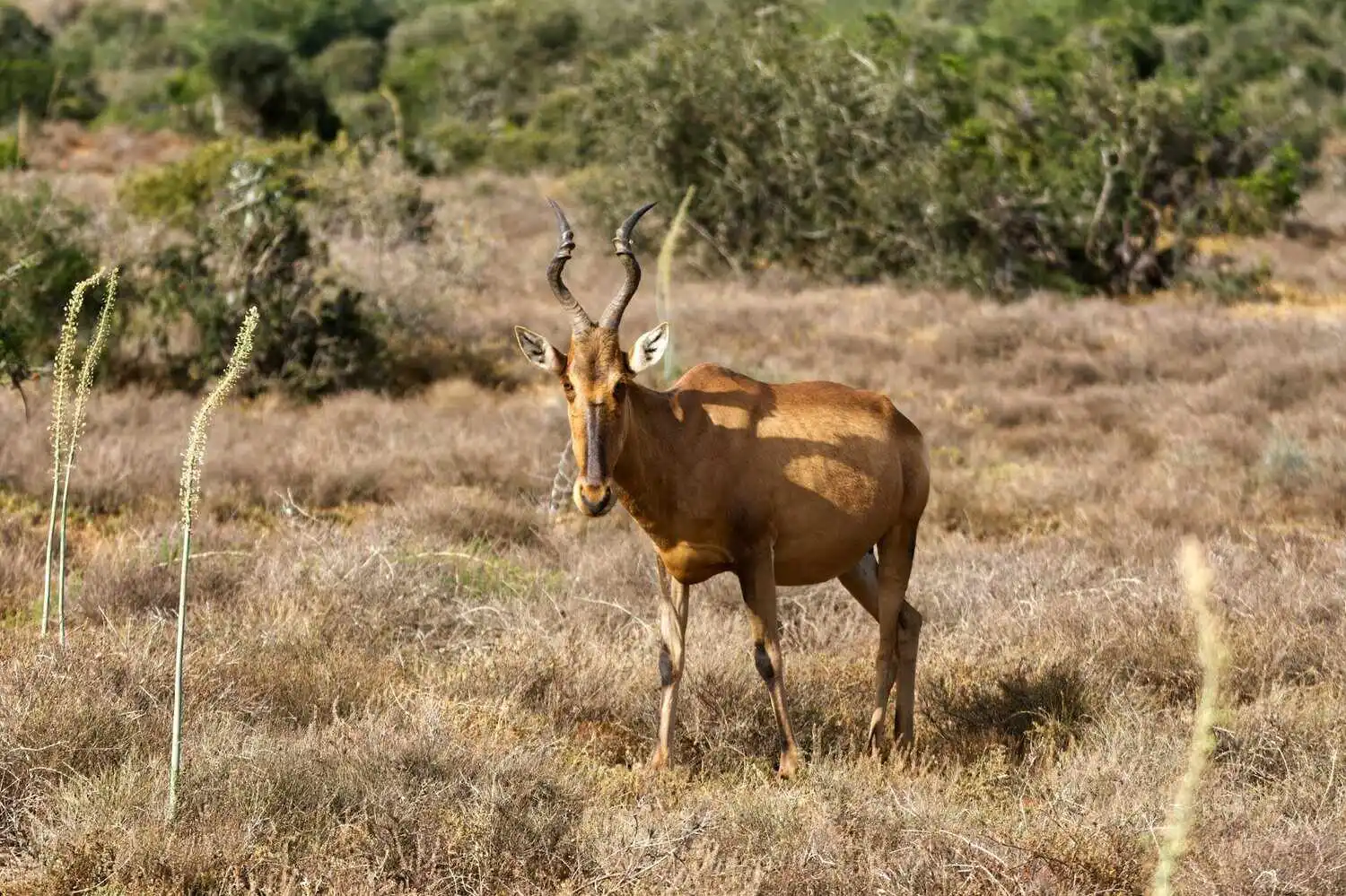
Types of Hartebeest
There are eight kinds of hartebeests that scientists know about. Each type looks a bit different and lives in its own part of Africa. Some are doing okay, while others are in trouble. Let’s learn about each one
- Red Hartebeest: Found in southern Africa. It has a reddish-brown coat and dark face. This type is known for its speed.
- Coke’s Hartebeest: Lives in East Africa. It has a tawny coat and is smaller than other types.
- Lichtenstein’s Hartebeest: Found in parts of central and southern Africa. It has a reddish-brown body with a lighter rump.
- Lelwel Hartebeest: Lives in central Africa. It has a reddish-tan coat and long, thin horns. Also called as Jackson’s hartebeest.
- Tora Hartebeest: Found in Ethiopia and Sudan. It has a dark reddish-brown upper body and white legs. This type is very rare now.
- Swayne’s Hartebeest: Lives only in Ethiopia. It has a dark brown coat with white spots. It’s critically endangered.
- Western Hartebeest: Found in West Africa. It has a pale sandy-brown coat with darker legs. Its numbers are decreasing.
- Bubal Hartebeest: This type lived in North Africa. Sadly, it’s now extinct. The last one died in the 1920s.
Each of these are special in its own way. They all help make Africa’s grasslands interesting and full of life.

